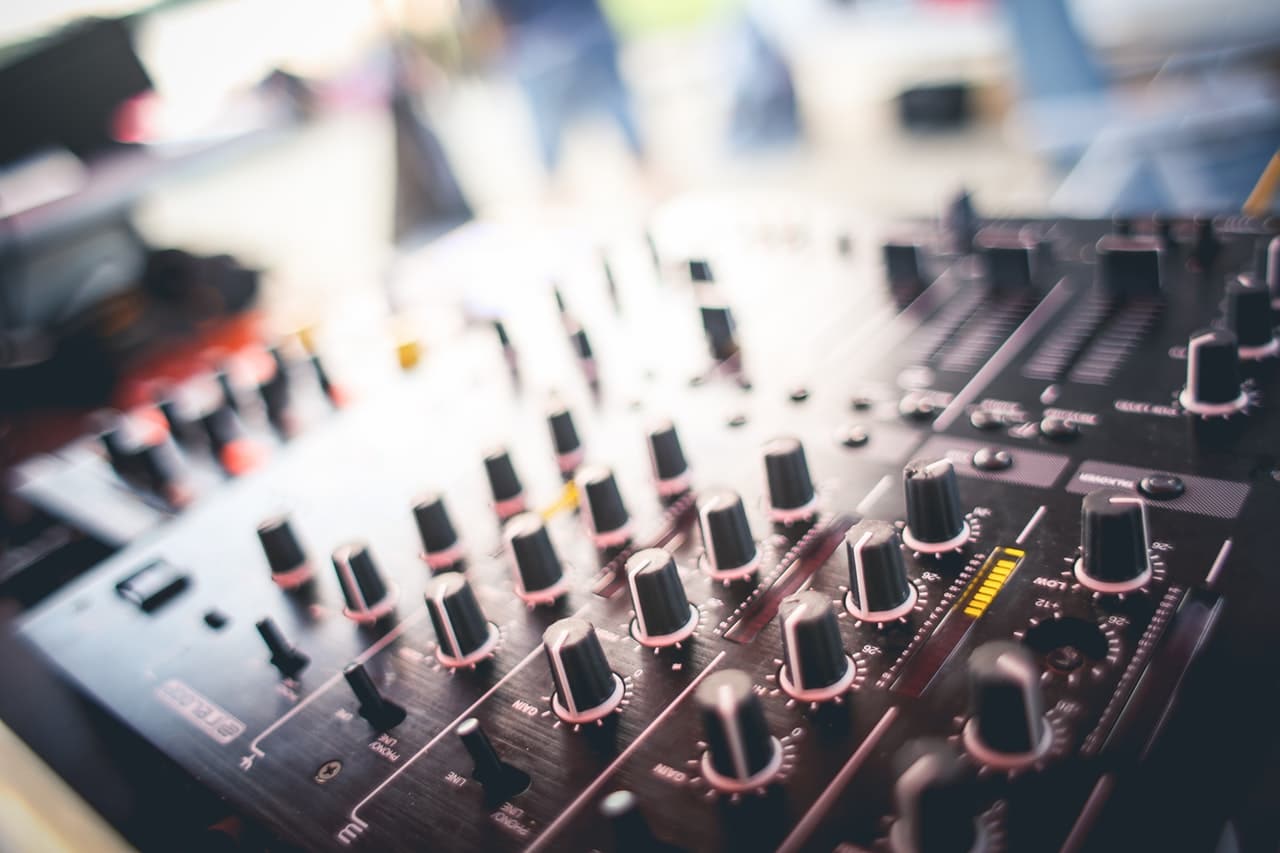When you’re gearing up – pun intended – to record a specific project, it’s important to consider what gear you’re going to use to produce the sound you have in mind. Whether you’re a seasoned vet, or a total novice just starting out, this topic is worth considering. Music, like any other art form, is a means of expression, and although songwriting is an art all its own, the tools you use to execute those songs are going to dictate the overall feeling of the final product – whether that’s a record, a live show or a home demo for your own personal enjoyment.
IMAGE: PEXELS
Finding Your Own Sound
In the past, musicians without a big budget were limited to recording on four-track tape devices in their bedrooms. This process was limiting, but there was also a freedom built into this limitation – you had to forge ahead with whatever tools happened to be at your disposal. Often these kinds of lo-fi bedroom recordings had a particular charm that was celebrated, an aesthetic that people associate with early Iron & Wine or Elliot Smith. These days, if you’re working with a software program such as Logic or Pro Tools, however, the options are almost overwhelming. Furthermore, there is a temptation to rely purely on software instruments – preloaded software sounds triggered through MIDI technology – that excludes the warmth and spontaneity of creating live sounds in the room.
While the prevalence of technology is obviously a good thing in terms of tools that it provides, there is the danger of getting lost in the superficial aspect of music and neglecting the warmth of the process. Owning an electric piano, for example, or a re-issue of a vintage bass or guitar will help foster an authentic connection between yourself and the tools you’re using to create your distinct sound. If everyone just uses the same software presets all the time, music will become frustratingly similar in terms of aesthetic. Whether you’re looking to fix up an old piece of vintage equipment or buy a cool new drum machine or keyboard, it’s worth taking a stroll to your local source for instruments and repairs to consider your options and chat with the staff.
If you’re recording music on your own, chances are you’re going to want to incorporate several different instruments into the mix – although minimalism is cool too. Piano or guitar is great for laying down chords, which are the key ingredient in almost any song. The nice thing about piano or keyboard is that you can work in some bass with the left hand while your right hand lays down the chords. There are certain fingerpicking techniques for incorporating bass lines into guitar playing, but this effect is much easier to achieve on piano.
Some people think that anyone can play the bass, but this is a misconception; the art of laying down a good bass line is dependent on rhythmic instincts as much as melodic instincts. Most guitarists have a tendency to play too many notes when they get on the bass, where simplicity and subtlety are often preferable.
Finally, most recording suites come equipped with built-in drum machines, which you can program by ticking boxes on a grid. It sounds confusing, but it is actually extremely intuitive. Roland also produces some great drum machines if you want a more tactile experience. If you make it to a professional studio, you may well want live drums, however, when you’re trying to produce demos in your home, it is probably easier to rely on technology – unless you want to infuriate your neighbors and get evicted.
If you’re looking to develop your personal sound, don’t get overwhelmed, just think calmly about what you want to produce and slowly build up the requisite tools – patience is a virtue.
If you are interested in even more entertainment-related articles and information from us here at Bit Rebels then we have a lot to choose from.


COMMENTS